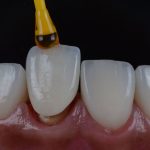Say Goodbye to Gap Teeth: Effective Ways to Get Rid of Them
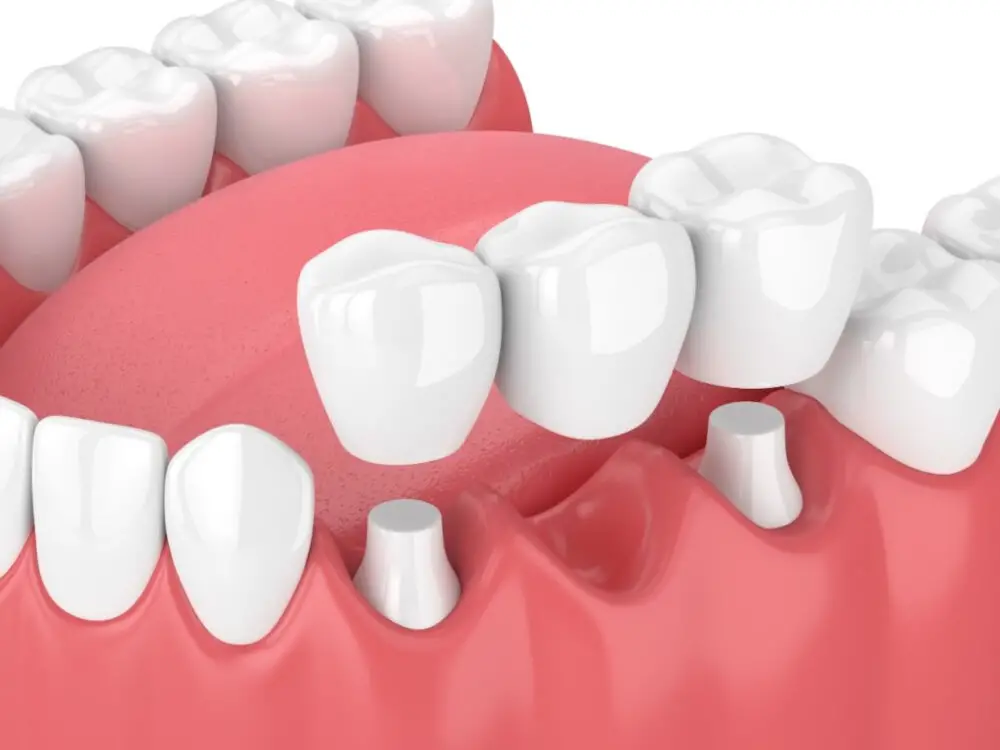
Smiling is one of the simplest yet most significant gestures that can brighten up anyone’s day. While a smile can do wonders for your mood and those around you, having gaps in your teeth can make you self-conscious and hesitant to show off your pearly whites. Gap teeth, or diastema, are a common dental issue that can occur due to various reasons such as genetics, thumb-sucking habits, or misalignment of teeth. Fortunately, there are several effective ways to get rid of gap teeth and achieve a confident, beautiful smile. There are many reasons why people opt to fix their gap teeth. Some may do it for aesthetic reasons, while others may experience difficulty in speaking or eating due to the gap. Whatever the reason may be, the good news is that several treatment options can help you get the smile you desire. From orthodontic treatments to cosmetic dentistry procedures, there are plenty of ways to say goodbye to gap teeth and achieve a dazzling smile that you can be proud of. In this article, we will explore some of the most effective ways to fix gap teeth and enhance the overall appearance of your teeth and gums.
Gap teeth, also known as diastema, refers to a visible space or gap between two teeth, typically the two upper front teeth. This dental condition is often a result of an imbalance in the size of the teeth and the jawbone. In some cases, it can also be caused by habits such as thumb-sucking or prolonged use of a pacifier in childhood. While some people embrace their gap teeth as a unique feature, others may feel self-conscious about their appearance. Fortunately, there are various effective ways to address diastema, including orthodontic treatment, dental bonding, and veneers.
Gap teeth, also known as diastema, can be a source of insecurity for some people. They may feel self-conscious about their appearance and avoid smiling or speaking in public. Additionally, food can get stuck in the gap, leading to discomfort and potential dental health issues. Some people may feel that their gap teeth make them look less professional or attractive, which can affect their confidence in social and professional situations. For these reasons, many people may want to get rid of their gap teeth through various effective methods such as orthodontic treatment, dental bonding, or porcelain veneers.
Orthodontic Treatment

Orthodontic treatment is a highly effective way to fix gap teeth. This treatment involves the use of braces to straighten teeth and close gaps between them. Orthodontic treatment is typically done on children and teenagers, but adults can also benefit from this treatment. The duration of the treatment varies depending on the severity of the gap teeth, but it can take anywhere from six months to two years. While braces may not be the most aesthetically pleasing option, the results are well worth it. After the treatment is complete, patients will have a beautiful smile that they can be proud of. There are different types of braces available for orthodontic treatment. Traditional metal braces are the most common type, but there are also clear braces and lingual braces. Clear braces are made of a clear material that blends in with the teeth, making them less noticeable. Lingual braces are placed on the back of the teeth, making them completely hidden from view. No matter which type of braces a patient chooses, the results will be the same – straight, gap-free teeth. It is important to note that orthodontic treatment requires commitment and patience. Patients must take care of their braces properly and attend regular appointments to ensure that the treatment is progressing as planned.
Orthodontic treatment options for gap teeth include traditional metal braces, clear or ceramic braces, and clear aligners such as Invisalign. Metal braces use brackets and wires to gradually move teeth into the desired position. Clear or ceramic braces work in the same way as metal braces but are less noticeable. Clear aligners are a series of custom-made, removable trays that gradually shift teeth into place. The best treatment option for gap teeth will depend on the severity of the gap and the patient’s personal preferences. It is important to consult with an orthodontist to determine the most effective treatment plan.
There are several options available to get rid of gap teeth, and each option has its own set of pros and cons. Orthodontic treatment such as braces is a popular option that can effectively close gaps between teeth, but it may take a few years to achieve the desired results. Clear aligners like Invisalign are a discreet and removable option that can also close gaps, but they may not be suitable for severe cases. Dental bonding and veneers are quick and painless options that can give immediate results, but they are more expensive than orthodontic treatment. Teeth contouring is a non-invasive option that can reshape teeth to close gaps, but it can only be used for small gaps. Ultimately, the best option depends on the severity of the gap and the patient’s preferences and budget.
When considering ways to fix their gap teeth, individuals must take into account the cost of the various options available. Traditional braces and Invisalign can be quite expensive, while bonding and veneers may also come with a hefty price tag. It’s important to weigh the benefits of each option against the cost and decide which solution fits one’s budget and lifestyle. Additionally, some dental insurance plans may cover a portion of the cost, so it’s worthwhile to check with one’s provider to see what options are available. Ultimately, while cost is an important factor to consider, the benefits of a confident, gap-free smile may outweigh the expense in the long run.
Cosmetic Dentistry

Cosmetic dentistry is a branch of dental care that focuses on improving the appearance of teeth, gums, and bites. It includes various treatments such as teeth whitening, veneers, dental implants, and braces. One of the most common cosmetic dentistry treatments is closing the gap between teeth, which can be caused by various reasons such as genetics, thumb-sucking, or gum disease. Gap teeth can affect the self-esteem and confidence of individuals, and cosmetic dentistry provides effective ways to get rid of them. One of the most effective ways to get rid of gap teeth is dental bonding. It is a simple and painless procedure where a tooth-colored resin material is applied to the teeth to fill in the gaps. The material is then hardened with a special light and shaped to match the natural teeth. Dental bonding not only closes the gaps but also improves the appearance of the teeth by covering stains, chips, and cracks. It is a quick and affordable solution that can be completed in one visit to the dentist. Another effective treatment for gap teeth is porcelain veneers. They are thin shells that are custom-made to match the color and shape of the natural teeth. Veneers are bonded to the front of the teeth, covering the gaps and improving the overall appearance of the teeth. They are durable, stain-resistant, and can last for years with proper care. Veneers are a more permanent solution than dental bonding, but they require more preparation and multiple visits to the dentist.
Cosmetic dentistry offers several options to address gap teeth, also known as diastema. One of the most popular solutions is dental bonding, which involves applying a tooth-colored resin material to the teeth to fill in the gaps. Another option is dental veneers, which are thin shells made of porcelain or composite material that are custom-made to fit over the front of the teeth. Invisalign clear aligners can also be used to gradually shift the teeth into the desired position, closing the gaps. Dental implants or bridges may also be recommended for more severe cases. A cosmetic dentist can help determine which treatment option is best for each individual patient, taking into account factors such as the size and location of the gaps, the patient’s overall oral health, and their desired outcome.
There are several options available to get rid of gap teeth, and each has its own set of pros and cons. Braces are a popular option that can effectively close gaps, but they require a long-term commitment and can be uncomfortable to wear. Veneers offer a more immediate and aesthetically pleasing solution, but they can be expensive and require the removal of some tooth enamel. Bonding is a less invasive option that can be completed in a single dental visit, but it may not be as durable as other options and can discolor over time. Ultimately, the best option will depend on the individual’s preferences, budget, and dental needs.
When it comes to getting rid of gap teeth, cost is an important consideration. Depending on the severity of the gap, treatment options can vary from simple teeth bonding to more complex orthodontic procedures like braces or clear aligners. While some may be willing to spend a significant amount of money to achieve the desired results, others may be limited by their budget. It’s important to consider the long-term benefits of each treatment option and weigh them against the associated costs. Additionally, it’s worth exploring financing options or insurance coverage to help offset the cost of treatment. Ultimately, working with a reputable dentist or orthodontist to determine the most effective and affordable treatment plan is key to achieving a confident, gap-free smile.
DIY Remedies
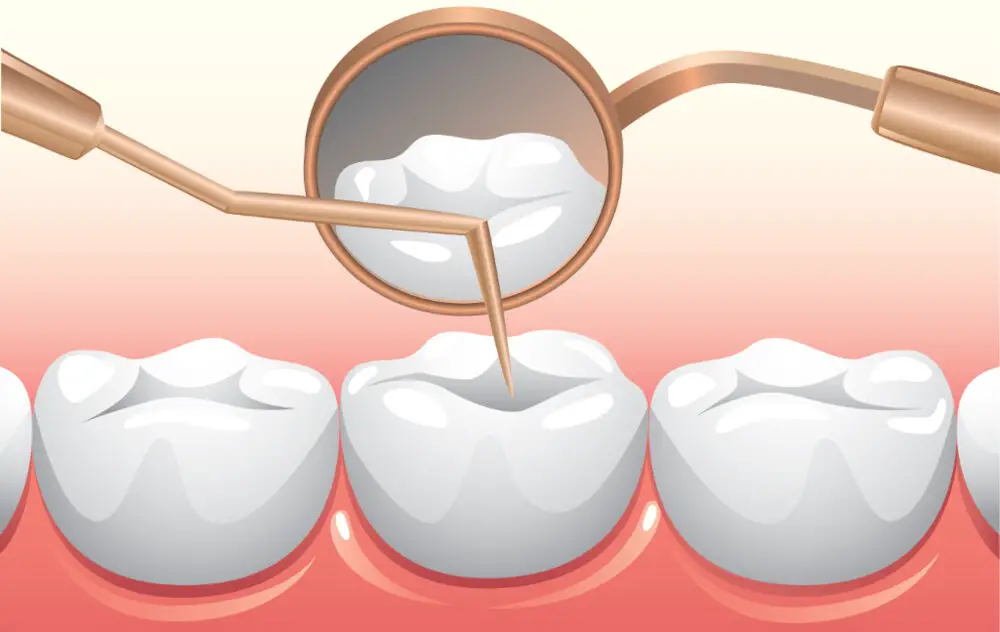
DIY remedies are a cost-effective and natural way to get rid of gap teeth. One of the most popular DIY remedies is the use of dental bonding. Dental bonding is a simple procedure that involves the application of a tooth-colored resin to the teeth. The resin is then shaped and polished to match the natural contour of the teeth. This procedure can be done at home using a dental bonding kit that is available at most drugstores. While dental bonding is a relatively easy procedure, it is important to follow the instructions carefully to avoid any damage to the teeth. With dental bonding, you can close the gap in your teeth and achieve a beautiful, natural-looking smile. Another DIY remedy for gap teeth is the use of dental veneers. Dental veneers are thin shells that are placed over the front surface of the teeth. They are made of porcelain or composite and are designed to match the color of the teeth. Dental veneers can be applied at home using a veneer kit, but it is important to consult with a dentist first to ensure that the teeth are healthy enough for the procedure. With dental veneers, you can close the gap in your teeth and improve the appearance of your smile in just a few simple steps. DIY remedies are a great way to get rid of gap teeth without spending a lot of money. With dental bonding and veneers, you can achieve a beautiful, natural-looking smile that will boost your confidence and improve your overall appearance.
DIY remedies for gap teeth are becoming increasingly popular nowadays due to the rising desire for a perfect smile. One of the most commonly used methods is the use of dental bonding agents, which are essentially tooth-colored materials that are applied to the teeth to fill any gaps. Another effective remedy is the use of dental veneers, which are thin shells that are placed over the teeth to cover any gaps. Additionally, orthodontic treatments such as braces and clear aligners can be used to close gaps in teeth over time. Home remedies such as oil pulling, massaging the gums, and using toothpaste with baking soda can also help improve the appearance of gap teeth. However, it is important to consult with a dental professional before trying any DIY remedies to ensure they are safe and effective.
When it comes to getting rid of gap teeth, there are various options available. One of the most popular options is dental bonding, where a tooth-colored resin is applied to the teeth to fill in the gap. The pros of dental bonding are that it is quick, painless, and affordable. However, the cons are that it can stain over time, and may need to be replaced every few years. Another option is porcelain veneers, which are thin shells that are placed over the teeth. The pros of veneers are that they are long-lasting and can dramatically improve the appearance of the teeth. However, the cons are that they are more expensive than bonding and require the removal of some enamel from the teeth. Ultimately, the best option will depend on your individual needs and preferences, as well as the advice of your dentist.
While the article focuses on effective ways to get rid of gap teeth, it’s essential to remember that safety should always come first. Any dental procedure, whether it’s at-home remedies or professional treatments, should be approached with caution. It’s crucial to follow all instructions carefully and consult with a dentist before attempting any new treatment. Additionally, it’s important to be aware of any potential risks or side effects associated with the chosen method and take appropriate precautions. Remember, the health and safety of your teeth and gums should always be a top priority.
Lifestyle Changes
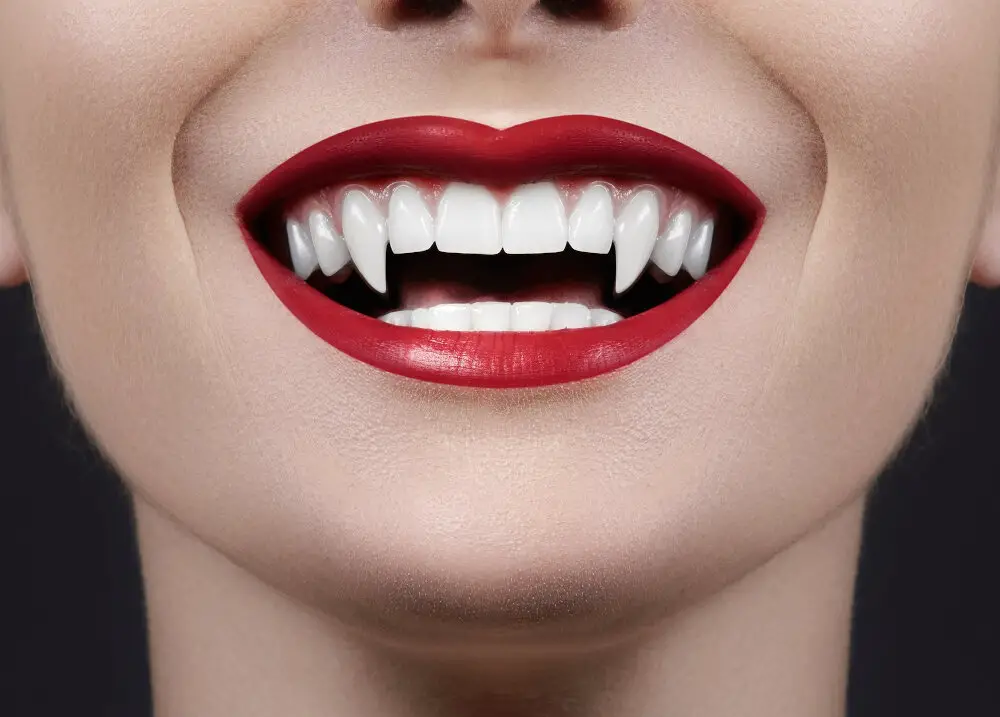
Lifestyle changes can play a significant role in getting rid of gap teeth. One of the most effective ways to close the gap between your teeth is by maintaining good oral hygiene. Brushing your teeth twice daily and flossing every day can help prevent gum diseases and tooth decay, which can contribute to the gap between your teeth. You should also limit your intake of sugary and acidic foods and drinks, as they can erode your tooth enamel and cause gaps between your teeth. By adopting a healthy lifestyle, you can improve the overall health of your teeth and gums, which can ultimately help you achieve a more beautiful and confident smile. Another lifestyle change that can help you get rid of gap teeth is by quitting smoking. Smoking not only stains your teeth and increases your risk of gum disease, but it can also contribute to tooth loss, which can create gaps between your teeth. By quitting smoking, you can improve your oral health and reduce your risk of developing oral health problems in the future. Additionally, you may want to consider reducing your alcohol intake, as excessive alcohol consumption can also contribute to gum disease and tooth loss, which can create gaps between your teeth. By making these lifestyle changes, you can improve your overall health and achieve a more beautiful and healthy smile.
Gap teeth, medically known as diastema, can be caused by a variety of factors including genetics, poor oral hygiene, and habits such as thumb-sucking. While orthodontic treatment such as braces or clear aligners can be effective in closing gaps, lifestyle changes can also play a role in reducing the size of a diastema. Adopting a consistent oral hygiene routine, including brushing twice daily and flossing regularly, can help prevent gum disease which can contribute to gap teeth. Avoiding habits such as thumb-sucking or tongue-thrusting can also reduce the size of a diastema. Additionally, incorporating crunchy fruits and vegetables into your diet can help strengthen the jaw muscles and potentially close small gaps. Overall, a combination of orthodontic treatment and lifestyle changes can help individuals achieve a gap-free smile.
There are several changes that can be made to get rid of gap teeth. One of the most common solutions is orthodontic treatment such as braces or clear aligners. These options work by applying pressure to the teeth, gradually shifting them into the desired position. Another option is dental bonding, which involves applying a tooth-colored resin to the teeth to close the gaps. Veneers are another popular option that can provide a more permanent solution by placing thin, custom-made shells over the front of the teeth. Additionally, if the gap is caused by a missing tooth, a dental implant or bridge can be used to fill the space and restore the appearance of a complete smile.
Maintaining good oral health is not only essential for having a bright and confident smile but also for overall health and well-being. Poor oral hygiene can lead to various dental problems like cavities, gum disease, bad breath, and even tooth loss. Moreover, recent research has also linked poor oral health to several systemic diseases like heart disease, diabetes, and even Alzheimer’s disease. Therefore, it is crucial to brush and floss regularly, avoid sugary and acidic foods, and visit the dentist regularly for professional cleanings and check-ups. By taking care of your oral health, you not only improve your appearance but also safeguard your overall health.
Gap teeth, also known as diastema, can be treated through several methods. One of the most common treatments is orthodontic treatment, which involves the use of braces or clear aligners to gradually push the teeth closer together. Another option is dental bonding, where a tooth-colored resin material is applied to the teeth to fill in the gaps. Veneers are also an effective treatment option, where thin shells are placed over the front surface of the teeth to give them a more even appearance. In severe cases, oral surgery may be necessary to remove the excess tissue between the teeth. With the help of these treatment options, anyone can say goodbye to gap teeth and achieve a confident, beautiful smile.
Consulting with a dental professional is of utmost importance when it comes to getting rid of gap teeth. A dental professional has the knowledge, expertise, and experience to diagnose the root cause of your gap teeth and provide you with a personalized treatment plan. They may suggest orthodontic treatments such as braces or clear aligners to align your teeth or recommend cosmetic dentistry procedures such as veneers or bonding to cover the gaps. Consulting with a dental professional ensures that you receive the best possible care and treatment for your gap teeth, which can improve your oral health and boost your confidence. So, if you’re struggling with gap teeth, it’s time to schedule an appointment with a dental professional and say goodbye to your gap teeth for good.
If you’re feeling self-conscious about your gap teeth, don’t despair. There are several effective ways to get rid of them and achieve the smile you want. Whether you opt for braces, veneers, or bonding, taking action is the first step towards a more confident you. Don’t let your insecurities hold you back from expressing yourself fully. With a little effort and investment, you can say goodbye to gap teeth and hello to a brighter, more beautiful smile. So why wait? Take the first step today and discover the transformative power of a great smile.
Conclusion
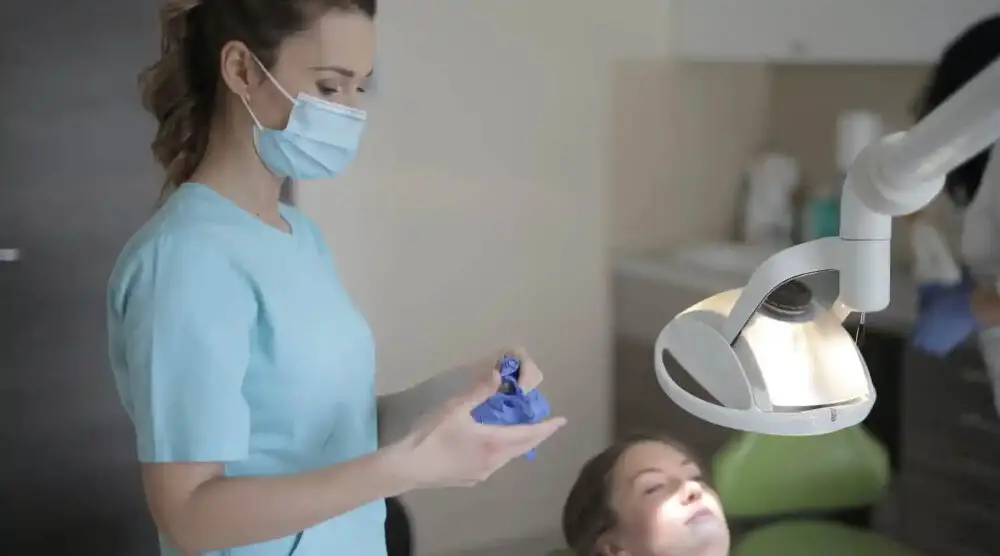
In conclusion, having gap teeth may not necessarily be a medical issue, but it can cause aesthetic concerns for some people. Fortunately, there are several effective ways to get rid of gap teeth, including orthodontic treatment, dental bonding, veneers, and implants. Each option has its own advantages and disadvantages, but with the help of a dental professional, individuals can choose the best solution for their specific needs. Ultimately, saying goodbye to gap teeth can boost self-confidence and improve overall oral health, leaving individuals with a smile that they can be proud of.
